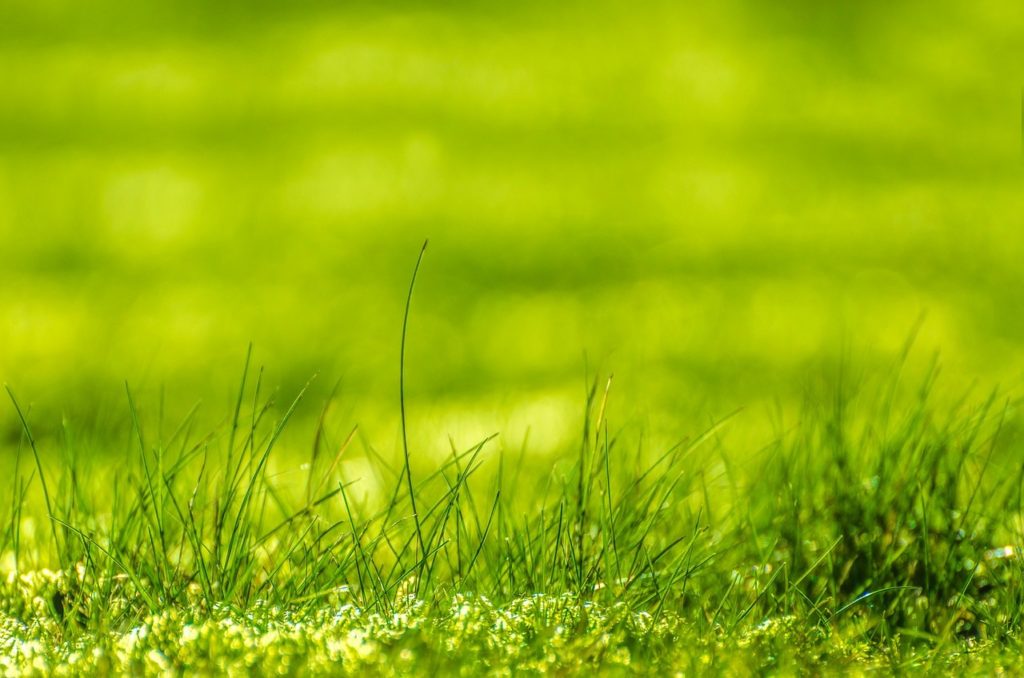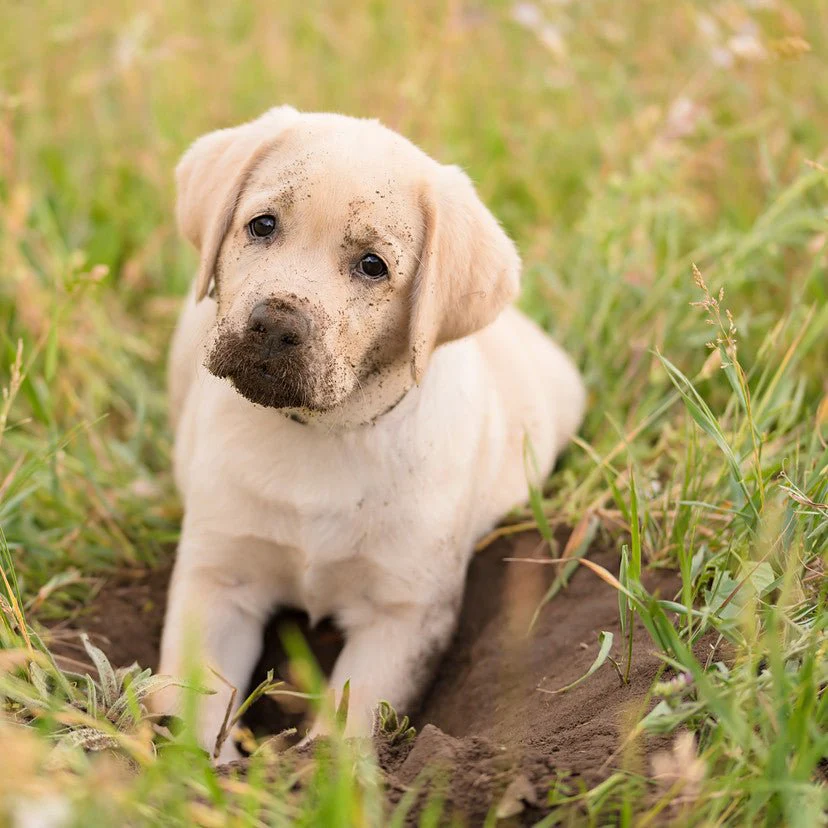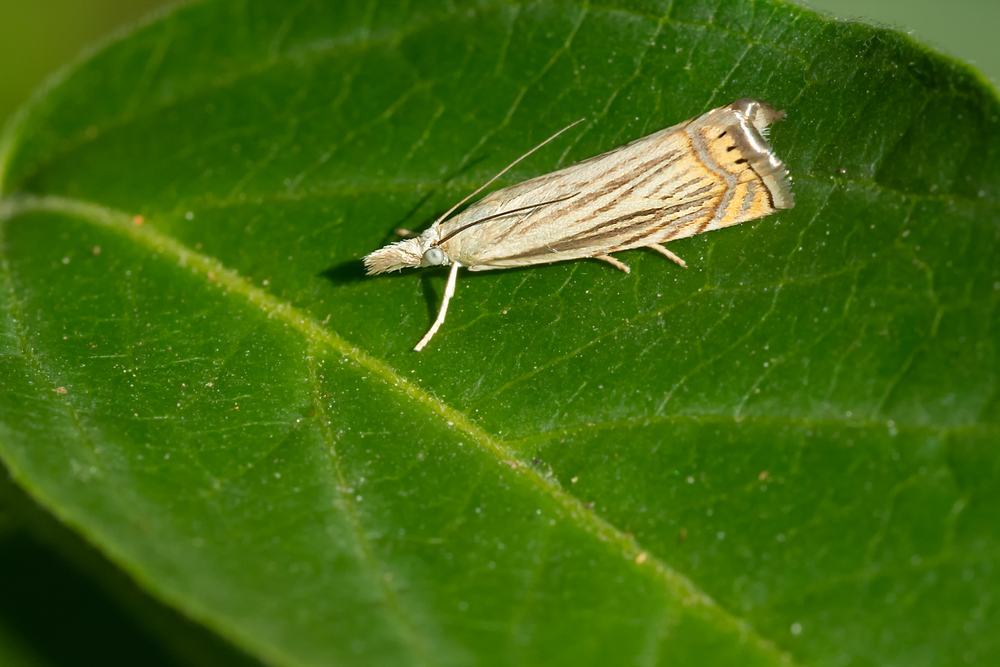Mowing
- The new sod should be left in place for seven more days.
- The grass should now be approximately 3 inches tall. Now it’s time to trim the grass to 2 inches. To avoid indentions, let the ground dry slightly before you mow.
- Never trim a blade more than 1/3. This can cause turf “scalp”, which can lead to severe damage.
- For a healthy lawn, keep the grass cut to 2 inches.
Fertilization
- We recommend applying a thin layer of starter fertilizer three weeks after your sod is installed.
- Once your lawn has been established, you can start a regular fertilization program and water it frequently.
- You should fertilize your lawn at least four times a year to maintain a healthy lawn. This is when you should use the recommended fertilizer.
Insects
- Apply insecticide in the weeks before April’s close. Apply again in the middle of May.
- Turpin Farms uses blends of endophyte-enhanced turf. Turpin Farms ships to your location in an insecticide-free way.
Watering
- Once your lawn has been established, you can add 1/2 inch of water. Let the lawn dry completely.
- This will make your plant less dependent on you watering.
- It is a good idea not to water your lawn at night, as this can promote disease.
- TIP: Keep track of how much water you give your grass by placing a cup on it.
These are excellent ways to water your lawns, old or new.
- Tip #1: Take a corner of your turf and insert a screwdriver, or any other sharp tool, into the soil. The tool should be able to push in and retain moisture for the first 7-10 cm. The tool may need water to function (3-4 inches).
- Tip #2 Make sure water reaches every part of your lawn regardless of how it is sprinkled. Sprinklers that go too far around corners and edges can dry lawns faster than those near the center. Reflected heat can also cause areas close to buildings to dry out faster. These areas will likely
- require more water.
- Tip #3 – Runoff can occur in certain soils or sloped areas if soil moisture is not low enough. You can reduce water consumption and ensure proper soak-in by shutting off the water supply to runoff areas. After waiting between 30 and 60 minutes, apply water to the same spot again, and repeat this until the soil is properly moistened.
- Tip #4 When turf begins to grow roots into the soil it becomes dangerous and/or difficult to pull back a corner. (Watering
- Tip #5 You can still use an instrument for measuring the moisture level in the soil or through the turf.
- Tip #6: Water your grass as quickly as possible in the morning to prolong its normal growth cycle. This is because there are fewer wind speeds and lower water losses from high temperature evaporation.
- Tip #7: Reduce the temperature of the turf surface if it reaches 100F or if there are high winds for more than half an hour. The turf surface must be sprayed with a deeper, more frequent watering. This will be more important in adverse weather conditions.
- Tip #8: Infrequent, deep watering is better than frequent, superficial watering. Roots only can grow as deep and deep as water is available. A grass with deeper roots will have a greater “soil bank”, which stores water. This grass can withstand heat and drought. Top soil can dry quickly.





